This post is a follow-up to my last post on hemp. If you didn't read that post, you might want to before you go for this one.
A photograph from the collection of the embroidery artisan mentioned in this post - working a Jours d’Angles piece
Linen is a textile so strongly associated with France that the country has actually given its name to an idea of linen. Which is interesting in itself, because a lot of what is designated 'French Linen' isn't actually French at all - French Linen is a descriptive rather than a protected nomenclature, rather like 'Dutch Blue' or 'Kerry Green', and just like these colour comparisons, as a term, it can be fairly freely interpreted and doesn't necessarily have to bear much resemblance to its original reference. It is not champagne!
Genuine French linen is something else. Linen was and is grown throughout Europe, and throughout France. The linen we like to associate with the words 'French linen' is that which comes from a narrow band that stretches from Normandy in the north of France, through Belgium, and into the Netherlands - it is here that the finest linen in the Western world was grown and transformed for centuries. French linen could equally be called Belgian or Dutch linen (and I am not forgetting at all that Irish linen was a standup rival in quality.) But linen varies wildly in quality, and by quality I don't mean that some is better and some is worse, although there are certainly huge differences in how good some linens are. I use the word quality here to mean the qualities inherent in the woven textile, its colour, its texture, its yarn and wave. And just like hemp, there are so many factors in why those qualities vary. Species, time and place, transformation. The hand of the grower, the processor, the spinner and the weaver. And of course, different linens were made for different reasons, from handwoven farmhouse linen for grain-sacks and for sheets, through to mass-produced linen, the tough but beautiful linens commissioned by the French Army, linens for boat sails and painting canvasses, right up to the exquisite handwoven linens of an extraordinary silky fineness reserved for the nobility and the Church.
But whatever the qualities of a particular linen, one thing remains constant. Antique French linen, be it hand or machine woven is of a uniformly far higher quality than anything available on the market today, no matter what the price. You haven't experienced how incredible linen can be until you have met one of those fine handwoven sheets, often extensively embroidered, which the 19th century nobility of France slept under. This is linen that is densely woven from very fine threads, the final effect is like a liquid made solid - when thrown over a bed it ripples and flows, under your hand it feels like cold silk. But when folded, one of these fine, delicate sheets can weigh over two kilos, testimony to the density of the weave and the fineness of the threads. And they have lasted. The sheets of the sort I have just described that I have in my collection are at least 100 years old, several of them I think date from the mid-19th century. Next to one of these sheets, modern-day linen sheets, even the best quality and most expensive of them, feel cheap, light and flimsy.
Toff’s bedsheets are low-hanging fruit as a comparison to modern-day linen, but I could just as easily compare early 20th century machine woven linen destined for the lower-middle-class on the 1900's to the finest available French or Belgian linen available today, and the old linen would still easily win. Much of this is due to the way it was grown and harvested and transformed, once again to the 'terroir' I spoke about in the last newsletter. It is also due to the density of the weave - antique linens, no matter how fine, were very densely woven (that is, their thread-count was very high) - most modern sheeting linen wouldn't have passed muster even for underclothes prior to WW2.
I travelled to the linen fields of Libeco , in Belgium, in 2019, invited by the proponents of a book I had been asked to contribute to. The fields of linen were in full flower - beautiful shades of delicate forget-me-not blue stretched into the distance (this is why one of France's premier producers of linen was named Fleur Bleue - Blue Flower). I asked the man who was showing us around why modern linen and antique linen were so different. He didn't give me a precise answer - he did say however that making linen of the quality of a hundred years ago was simply no longer possible. There was also a representative there from the peak body which oversees the production and certification of European linen and hemp, and she told me that at that time, to the best of her knowledge, there was no commercial production of hemp both grown and transformed in Europe, anywhere in Europe. Not that she had come across in any case. That has now changed, at least in France, as I mentioned in the previous newsletter.
To me, the biggest change has probably been spurred by the mass-production and cheap price of linen, even at the top end of the market. This is why we can't have quality, because we want too much, and we won't pay for it. If you truly understood what you were getting when you purchased a piece of antique linen, you wouldn't think twice. I think it is best to think about antique linen as a different fabric from modern linen, it's possibly the least confusing way to approach the subject.
Anyway, comparisons between new and old aside, I have a stupidly large collection of linen sheets and other pieces, larger than my hemp collection. I use my linen sheets, and there isn’t a single morning that I haven’t woken up and felt that beautiful textile against my skin, and thought ‘No matter what else, I have great sheets’.
So here is a small selection of my collection. Just look at these photos for a good idea of the incredibly different colours that linen can be. The texture of these pieces also varies wildly, but it depends more on the species, the spinning and the weaving. The darkest piece in these photos is an unused French Army sleep-sack. The linen in this is dense, tough, but still smooth to touch, and it is a deep olivey-brown colour. The other darker pieces are all farmhouse linen; the next-darkest is German. German antique linen, at least the pieces I have had my hands on, is very different from French linen. It is often softer and silkier to the touch, it is often less-tightly spun and less densely-woven and is frequently a beautiful deep grey colour. For some reason German farmhouse linen makes me think of teddy-bears.
The whitest, finest pieces in my collection and in these photos would have been handwoven, and then bleached. Nowadays linen is bleached by chemical processes, yet another thing which subtracts from the quality of the finished product. But in ye olden times, linen was whitened by repeatedly washing with pure olive oil soap and then drying in the sun, which added to the cost considerably.
Master of the Small Landscapes, Netherlandish (active c. 1560) “Women Bleaching Linen Near a Walled Town” - Collection of the Harvard Art Museum
Even the vintage sheeting linen I sometimes find, dating from the 1950's to the early 70's, is superb quality - densely woven with both the warp and the weft made from the same quality and weight of thread. This leads to some unforeseen problems when working with it. For a brief moment, I experimented with making pillowcases out of this dead-stock vintage linen. This idea came from the numerous requests I've had over the years for antique linen pillowcases that are rectangular rather than square. No such beast exists naturally - all antique linen pillowcases, at least in France, are either square, or bolster-sized, long and thin and made to stretch across the whole width of the bed. So I thought I would make them.
I rapidly regretted it. Common sense and highschool home economics classes tell you to wash fabric before cutting and making in order to deal with shrinkage problems. And despite never being used, all of the dead-stock fabrics I find have storage marks, which must be soaked out. So I washed the fabric first. And thereby removed all the sizing - the starch that was put into the fabric after it was woven, to allow it to be shaped and rolled squarely.
Freed from its coating of starch, this vintage linen ran wild, like a recalcitrant teenage octopus. It is almost impossible to measure and cut precisely. Its dense, even weave means that it stretches and warps in all directions. That same denseness makes the traditional way of cutting precisely, pulling out a single thread along the weft and then cutting along the line left by the missing thread - almost impossibly, infuriatingly difficult. In the end I had to martial my husband at the time, a legendary cloth-wrangler, to help. And having based the price on a certain time which I envisioned it would take to make one pillowcase, I had to abandon the idea altogether when even my in-house cloth-wrangler, an expert maker, took almost three times as long as I had projected to make a single pillowcase, purely because the handling of this cloth is so....ridiculously hard.
So count yourself lucky if you were one of the very few who entrusted me with a purchase of those pillowcases, because they are not coming back! I subsequently sold a length of that same vintage linen to a customer who said his mother, an experienced seamstress with decades of practice, had offered to make him some pillowcases. He contacted me in relief when I made a post about my failed pillow-case venture, and told me that his elderly mother had actually thought that she was losing her marbles when she found herself unable to deal with this most simple of requests - turning a piece of seemingly-ordinary looking fabric into two rectangular sacks.
This fiasco nevertheless taught me more than I ever thought there was to know, not only about French linen fabric but about French linen thread, its twists, its applicability to use with sewing machines, as well the sewing machines themselves. I ended up using cotton thread. I also went through one whole employee, the only person I have ever tried to co-opt into this business by using the lure of money, so not my ex-in-house fabric wrangler who was doing it for love, but a woman who had worked for several years making bags for Hermès. She finally threw up her hands in despair and called it a day when it appeared that the only sewing machine we had that could cope with the fabric was a 1950's Bernina that had to be manually calibrated. She said it was just too hard, that it was easier to make bags for Hermès than it was to stitch vintage French linen dead-stock into pillowcases.
A while after the whole episode, I was at the brocante when a dealer friend of mine told me he had just cleaned out the entire atelier of an embroidery artisan who was active in the 1950's and 60's and who had died recently, in her late 90's. And would I like to see?
Would I? Not just see, I bought practically the whole damn lot and took it home and gloated for days as I sorted it. There was so very much to learn from that haul, but the biggest takeaway was this - no artisan maker or embroiderer would have ever washed their linen before they used it. They couldn't. It just wouldn't have been possible to make those precisely-mitred corners, those mind-bogglingly labour intensive ladder borders, those exquisite embroideries, on unstarched linen.
Let this be a lesson to us all. The accepted wisdom is not always right. There is a whole newsletter I wrote a while back now about drawn-thread work and what I learnt from the artisan whose atelier I had inherited, you can read it here and there are lots of lovely pictures of the pieces I found. I hope I did her justice.
Footnote: Friends, I am heavily and massively shadowbanned on insta. None of my content is being shown organically. I have sat at just under 7000 followers for almost two years, despite gaining followers steadily. Instagram removes or blocks them faster than they follow me.
It is not affecting my bottom line right now because I have a small handful of steady customers who regularly check my website and who are basically keeping me and mine fed at the moment, but I have started selling off a lot of the pieces I have stockpiled over the past eight years.
This shadowban is because of what I post to stories. I will not stop expressing how I feel about genocide, fascism, or authoritarian politics, because whatever ground you concede to these monsters you will never get back, and because the fight we have on our hands is literally powered by tech AND is largely against the power of techbros. I will not get off instagram on principle, and they can go suck it. I like the idea of subverting Mark Zuckerberg’s internet. I will not abandon the visibility of the few remaining on-the-ground Palestinian and Congolese journalists as they try to show us what we are complicit in, neither will I abandon anyone else, Americans, British, Australian, and European, as we attempt to dismantle this evil. I will continue to repost each and every post I see with footage of rallies and protests from all over the world, because I feel that one of the major tactics being used against us is to isolate us and make us feel like we are stupid and our actions are pissing into the wind. They are not, and we are not alone, and we need to keep seeing this. The media is not doing their job, and I feel that part of my job is to act as a publicist for those people who are stepping into the gaping hole left by our pathetic corrupt bought-out fourth estate, a publicist for private individuals risking everything to make visible what is going on and how it is connected.
Two years ago I would regularly get thousands of views on each post, and hundreds of likes. Today’s post managed 43 likes and views in the low hundreds, and I am lucky these days to get above a hundred likes and several hundred views on any one post, despite not changing my content. It’s just my stories that have changed.
But here’s the thing. I get numerous messages from people lamenting that they missed out on some fab thing I have. Instagram is still where I put up new website uploads, occasionally I will still put up pieces for sale in my stories, or advance notice of sales. But currently the only people seeing my posts on insta are those few of you who religiously like and comment on every post. I regularly ask you to do this, if you want me to remain visible, it literally takes five seconds, but I feel like many people think I am asking this to get clout or something. I am not, I am asking this because it is the only way to overcome the algorithm. You have to do it consistently. The more you do it, the more visible I become in your feed, a bit like Tinkerbell.
So this footnote is just to make this expressly clear. Not seeing my posts? (Granted, I haven’t been on much the past fortnight). Go search my profile and go like and comment on my last three to five posts and then do so every time you see a new post. And not just me. Do this for everyone you want to remain visible. It is the only way. Remember, the algorithm is not little people in your phone, it is just a mathematical formula…. xxHanna





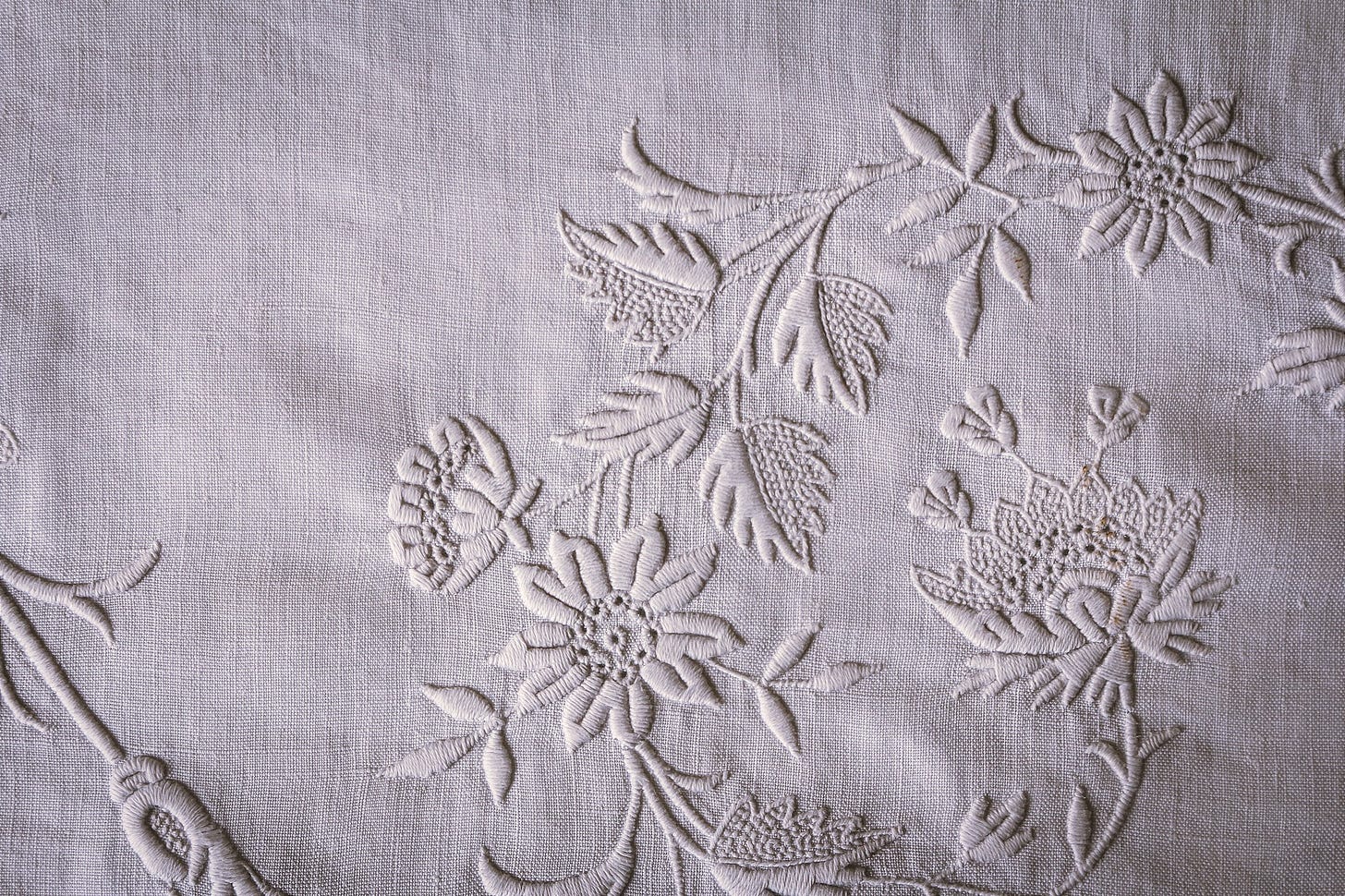
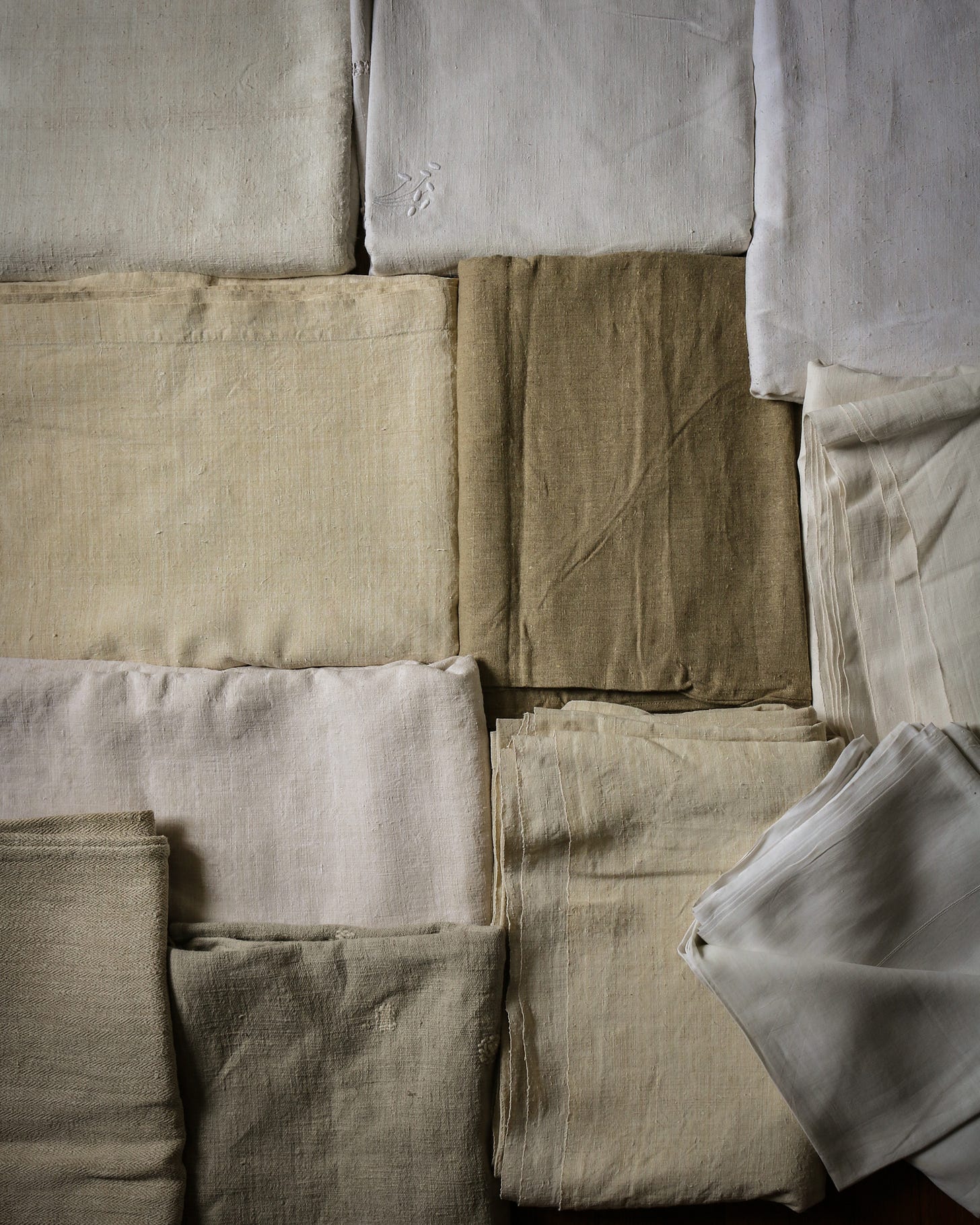
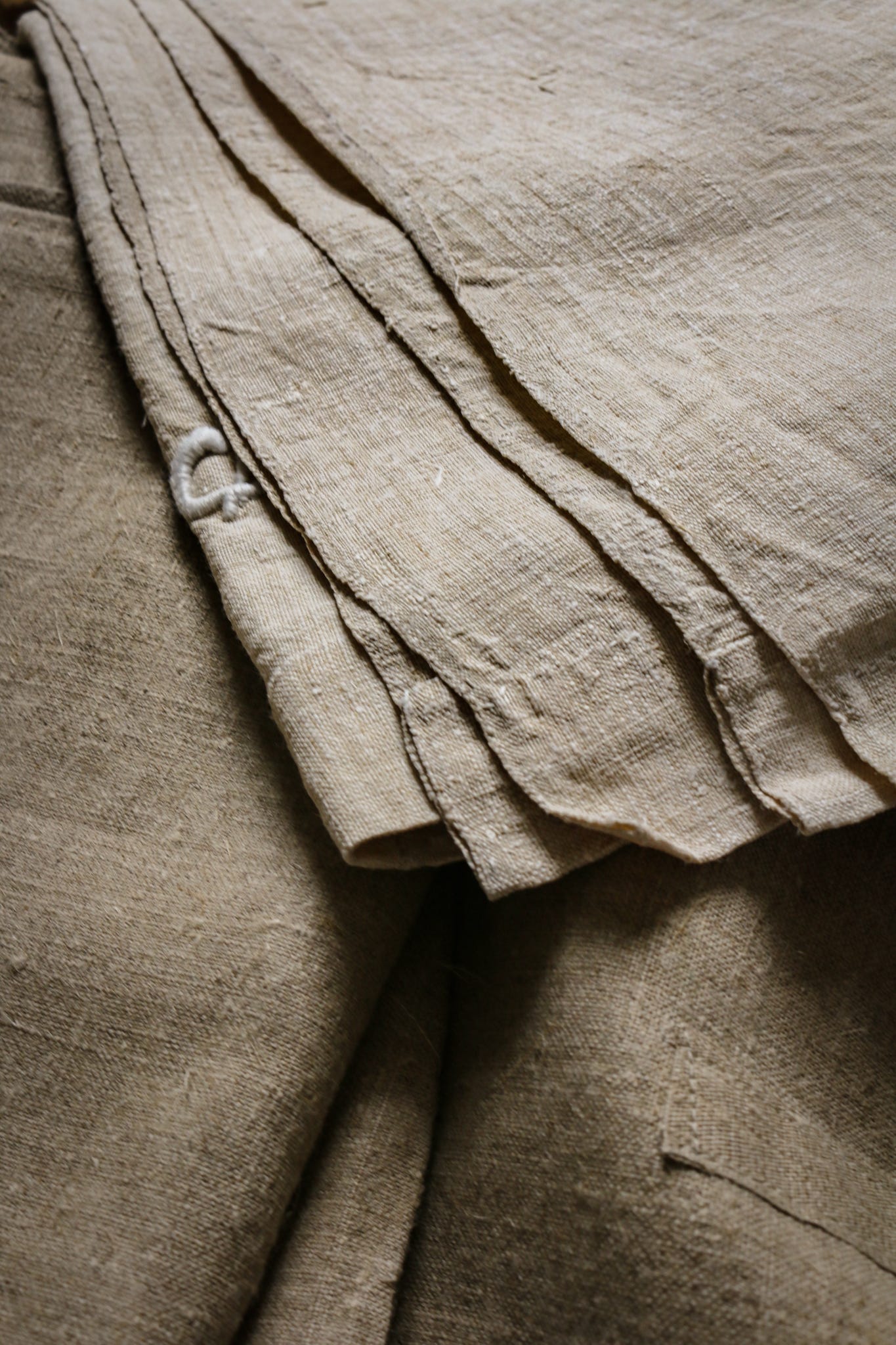
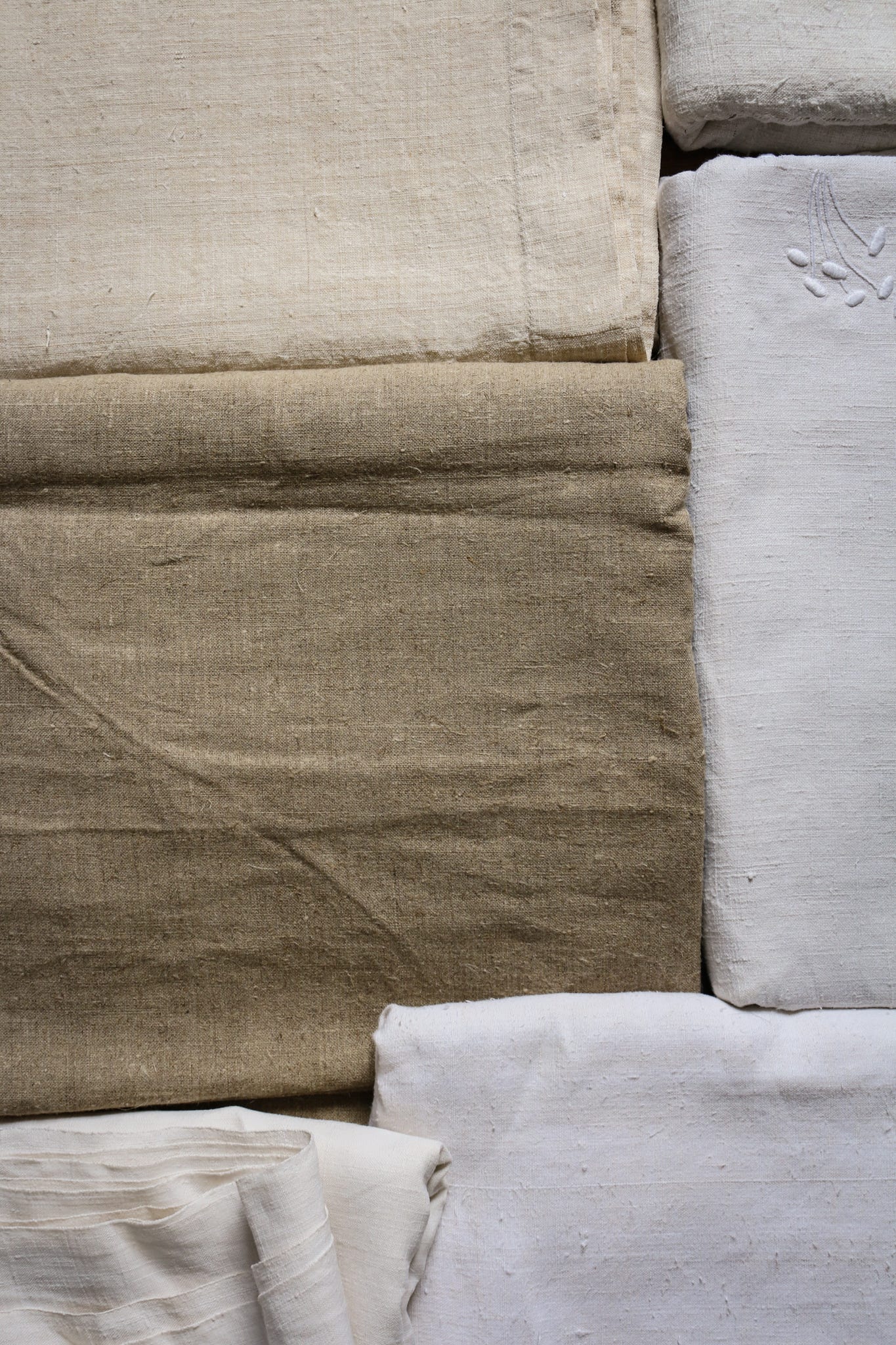
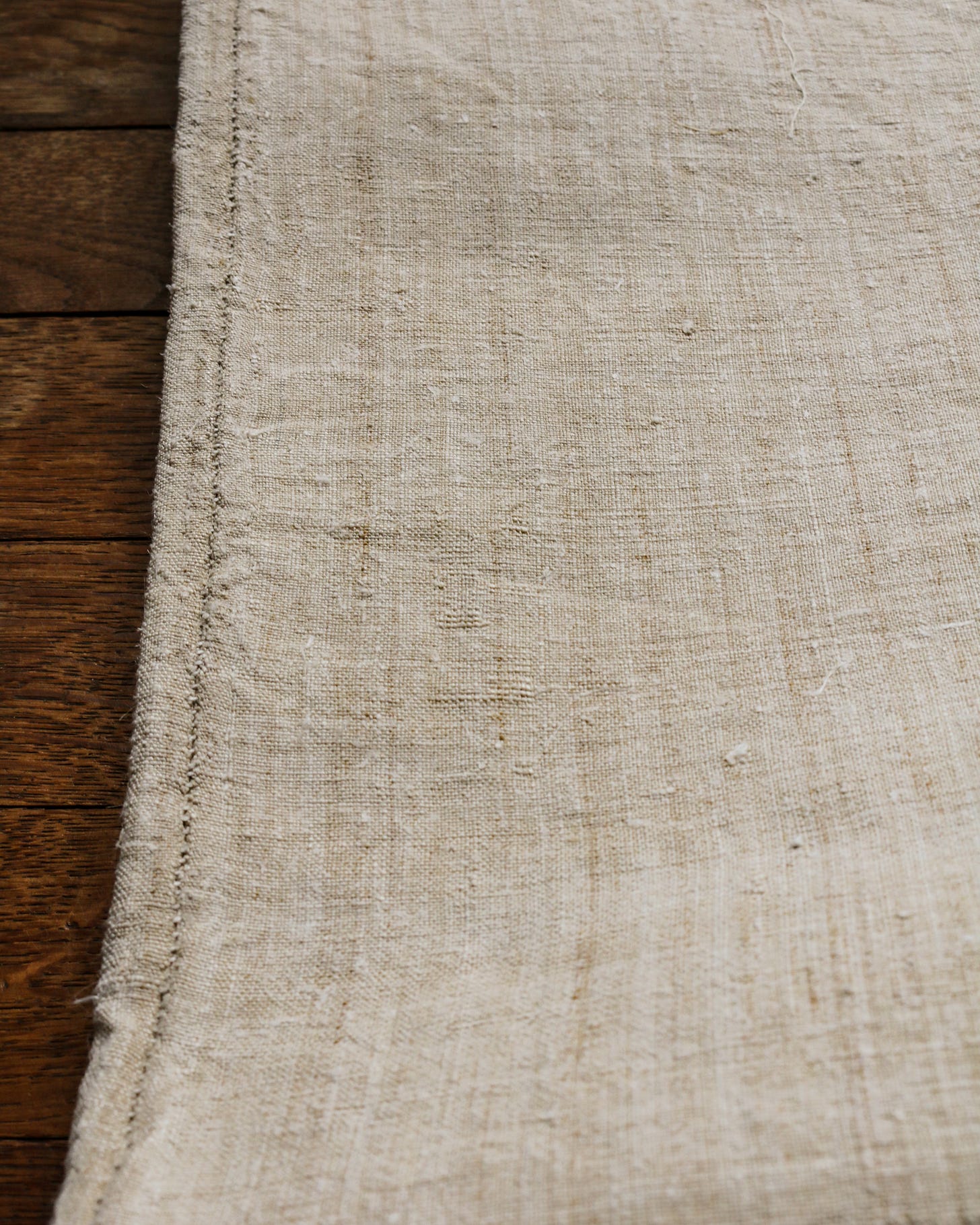
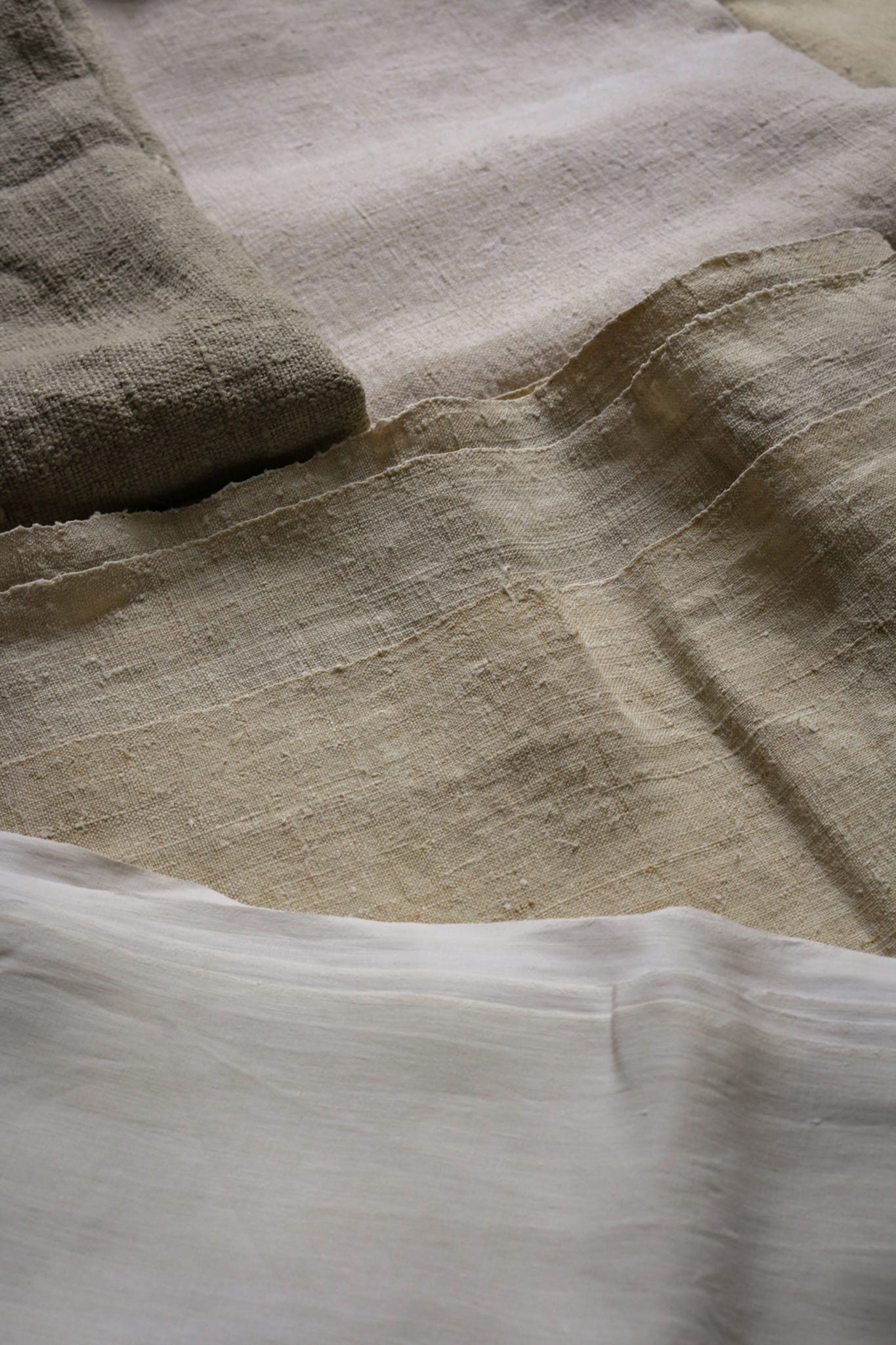

I'm similarly shadowbanned on instagram ... no doubt due to the revulsion for genocide expressed in my stories (and quite a number of my posts). At one time I had 50,000 followers which dropped to the low forties in November 2023 and have gradually crept up again...but which Meta never seems to allow to get back up to the original.
I suppose I should consider myself lucky to get back to 49.5K. My posts tend only to be viewed by people who are my actual friends, and like you, I'm scratching to balance the books.
All of which is nothing compared to the nightmare lived daily by Palestinians, who have every right to resist their occupiers (a brutal, brainwashed nation now beyond redemption).
Beautifully written Johanna. I cherish my beautiful sheets and table linens I have gotten from you. Even as I stand at the ironing board smoothing them out. I know my reward will be that night when I slip into bed and the cool, silky linen settles into a cloud. I can’t think of a better feeling.